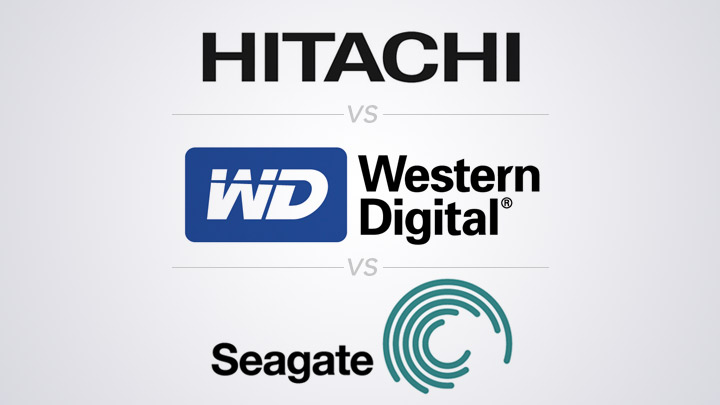Originally posted by Paradigm Shifter
View Post
I can be reasonably sure, that some 10 years with lower voltage or lower spinning rate is archievable with most units. And if controlled via PWM, it can be even those 17 years, if it's bearings wouldn't dry out.
Go apply this to a Pimoroni Fan shim. How many units will be dead by then ? What is their MTBF? how long does a fan run with rattling sounds before it finally dies? But we'll see over time. How much dustup will be there, needing service, lowering efficiency? How about smoker's fumes sticking the dust together with SOCs, shorting their I/O when being moisted? I've been cleaning some PSUs and notebooks of smokers. Not possible.
For me, MTBF is a measure how much is a manufacturer certain that a product is worth of, bar noname manufacturers which evaporate after sale.





Comment